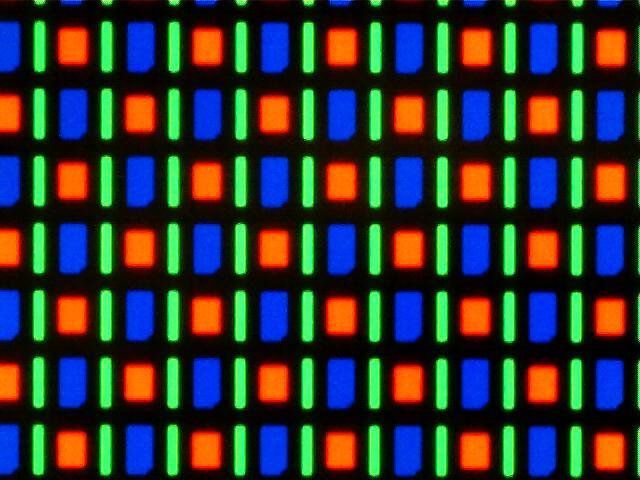Is dark mode a fad that is here to stay or is it really useful? Much has been said about the advantages of the darker display mode, especially since Apple introduced it on iOS 13 and that Google announced it would come to Android, and there are many technological companies that make the option available on their websites , applications and devices.
In addition to being able to help save your eyesight, does using the method translate into a battery saving on your smartphone or laptop? There are several factors to consider and the main one relates to the type of screen of the equipment in which the dark mode is used.
To be able to truly save energy I need to use the mode on devices with OLED screens. Contrary to what happens in LCD displays, where each pixel is made up of liquid crystals, needing a backlight to pass through them to generate color, in OLEDs each pixel is specifically fed.

In the first type of screen, the energy consumed serves to feed the light that illuminates it. In the second, the light of each pixel can be turned off. In OLED displays, dark mode is designed to completely turn off the light of the pixels and not simply lower its brightness. In addition, each color has a different energy expenditure on OLED screens, with darker tones spending significantly less than lighter colors.
What is the energy saving of dark mode?
In 2018, in a presentation with developers of the Android operating system, Google made it known that there is evidence that the darkest mode saves battery on smartphones, comparing the consumption between a smartphone with OLED screen, the Pixel, and one with LCD, the iPhone 7, showing average savings of around 63% in situations of maximum brightness.
Among the conclusions of the Mountain View giant is the question of the influence of colors. Thus, black, even at maximum brightness, almost does not consume energy, while white is the color that uses the most, especially with maximum brightness.
Mobile Enerlytics, a North American company specializing in battery consumption management on smartphones, was inspired by the tests carried out by Google and also decided to go into action, testing the dark mode on Android on an OLED screen device with some of the most popular applications.
The test findings reveal that using the darker mode can reduce energy consumption by up to 58.5% in a scenario where the lighting is at its maximum. Altogether, it translates into savings between 5.6 and 44.7% of battery.
And on Apple smartphones with OLED screens? Even before dark mode reached iOS 13, the Apple Insider portal decided to try an iPhone X with maximum brightness, using the accessibility feature to invert the colors of the screen.
After three hours of testing, the battery dropped from 100% to just 85%. In normal use, the battery suffered a dramatic decrease, rising to 28% in the same period of experimentation. Altogether, there were battery savings of around 60%.
And what about impact on vision?
Although the less aggressive light in dark mode can help some people to have a better viewing experience, the same does not apply in all cases.
For example, a study published in 2013 found that people with astigmatism may have problems reading the content that is presented. In this case, the user who has the vision problem in question may notice that the white letters start to get lost on a black background. In addition, another academic publication from 2017 made it known that study participants were able to read better at night, in low light conditions, when they did not use dark mode.
